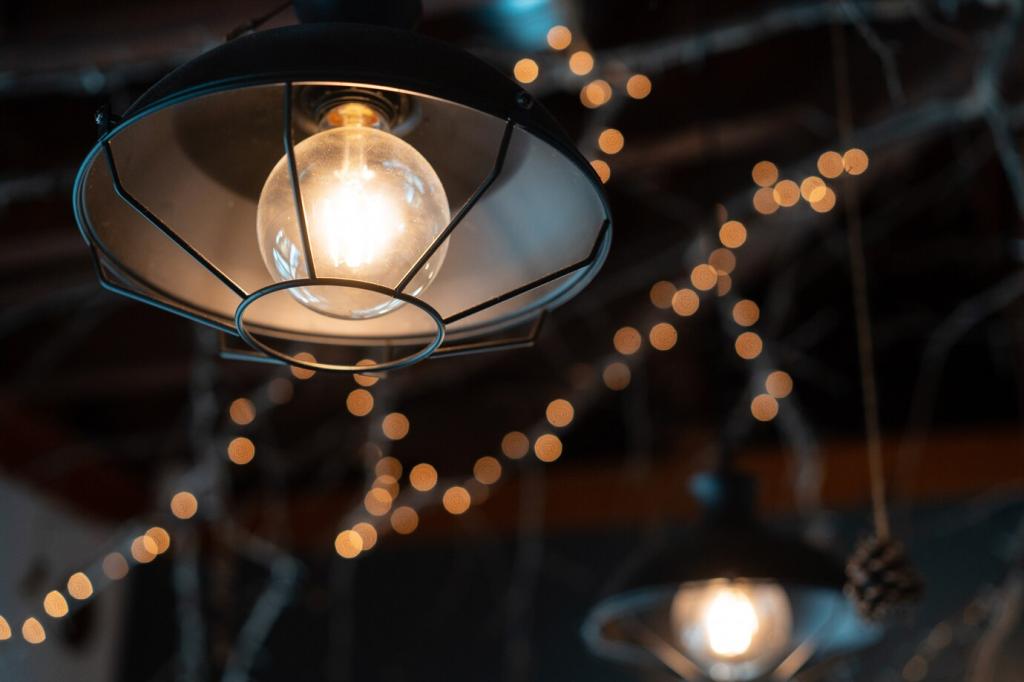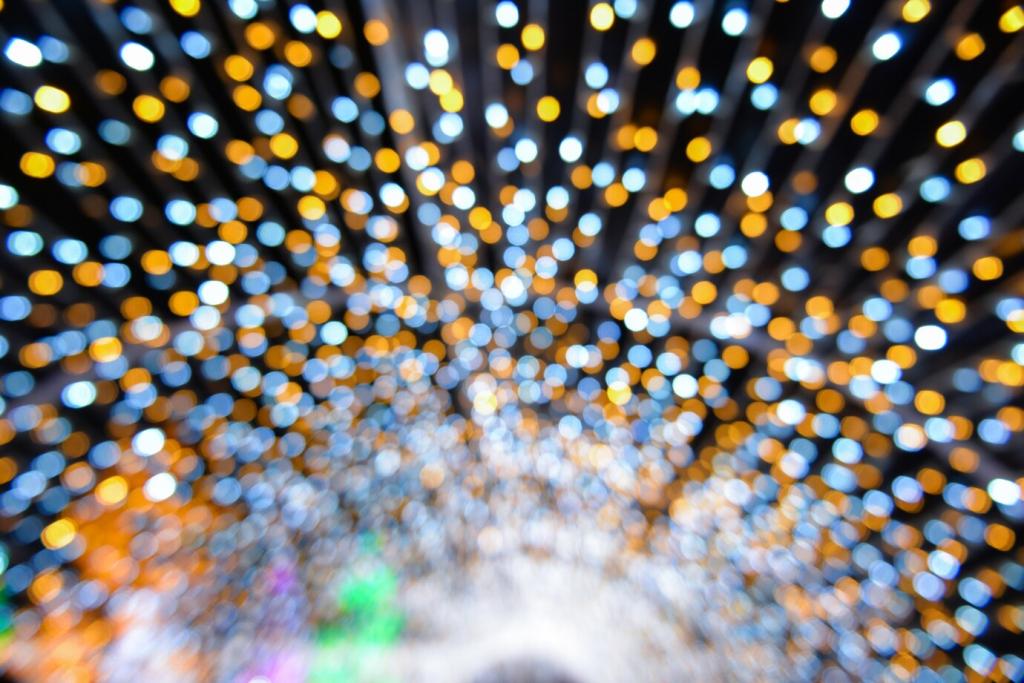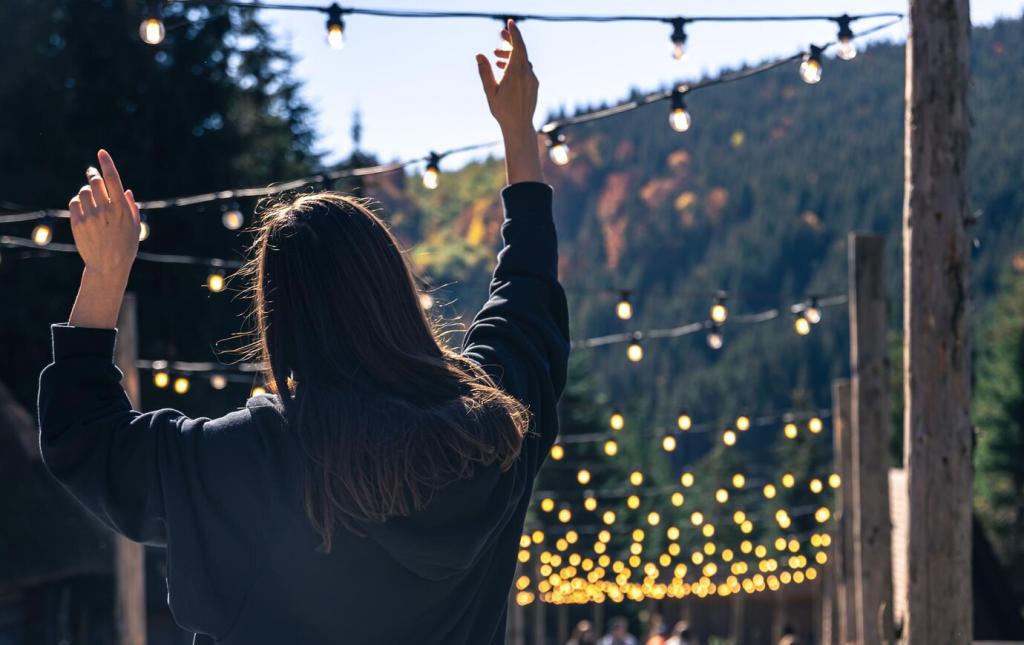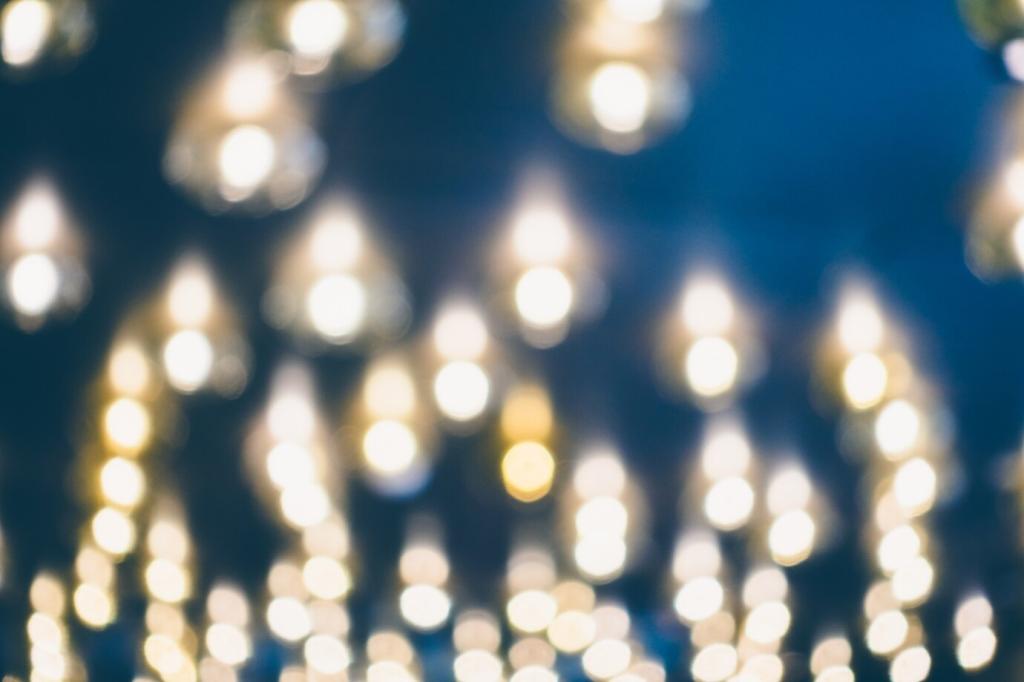Light as the Architecture of Night
Map how guests naturally move—arrival pause, first exploration, social clustering, and peak moments. Place light as gentle arrows, nudging curiosity without shouting, so every step feels intentional, safe, and worth lingering.
Light as the Architecture of Night
People remember illuminated edges more than emptiness. Use light to frame faces, food, and gestures, creating photographic moments that feel spontaneous. Subtle backlight adds depth; soft crosslight keeps eyes relaxed and smiles genuine.
Light as the Architecture of Night
Tell us how you choreograph light to guide emotions at night. What moments deserve emphasis, which corners should whisper? Comment your approach, ask questions, and subscribe to shape future experiments together.





